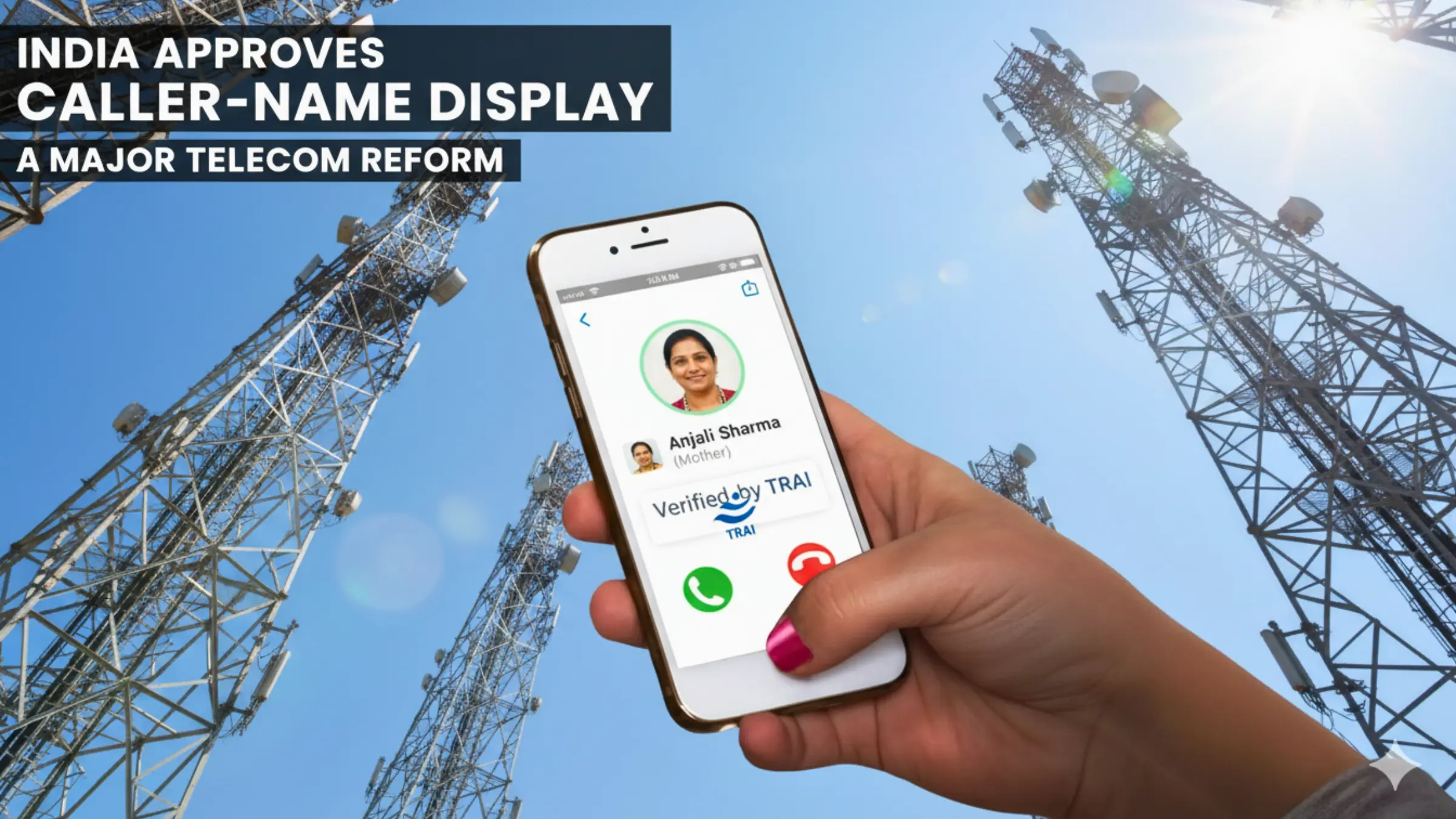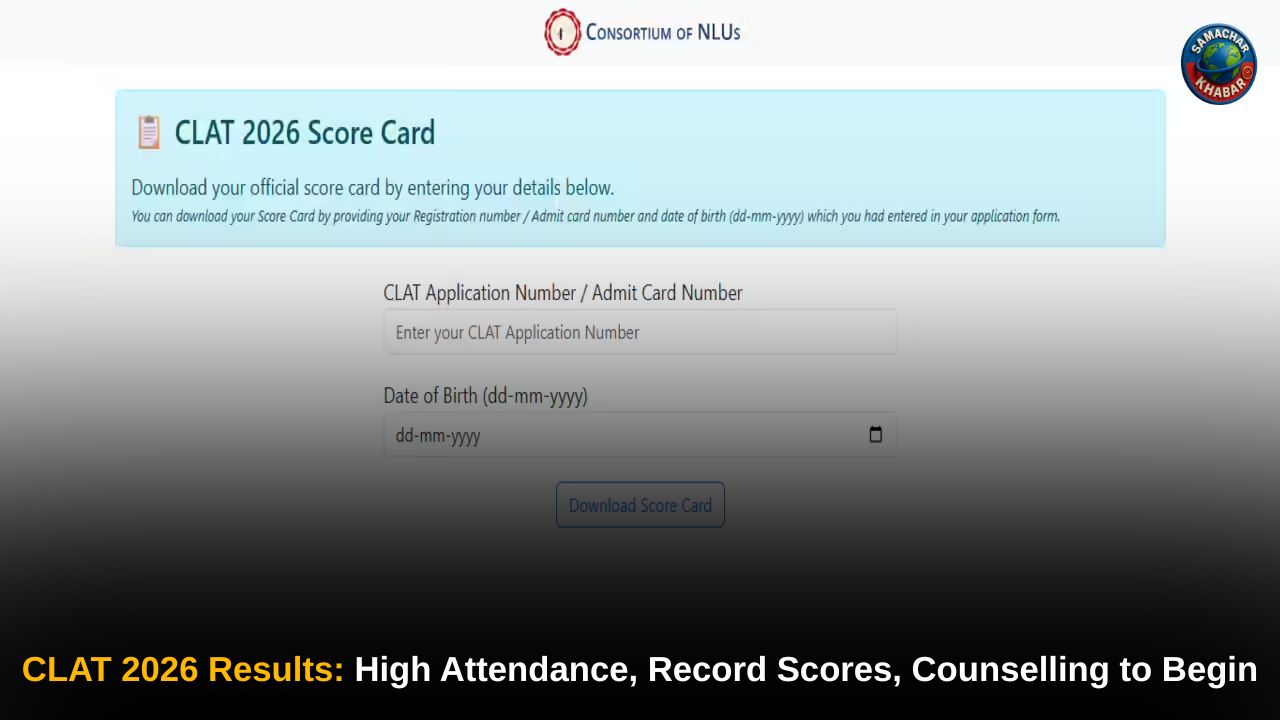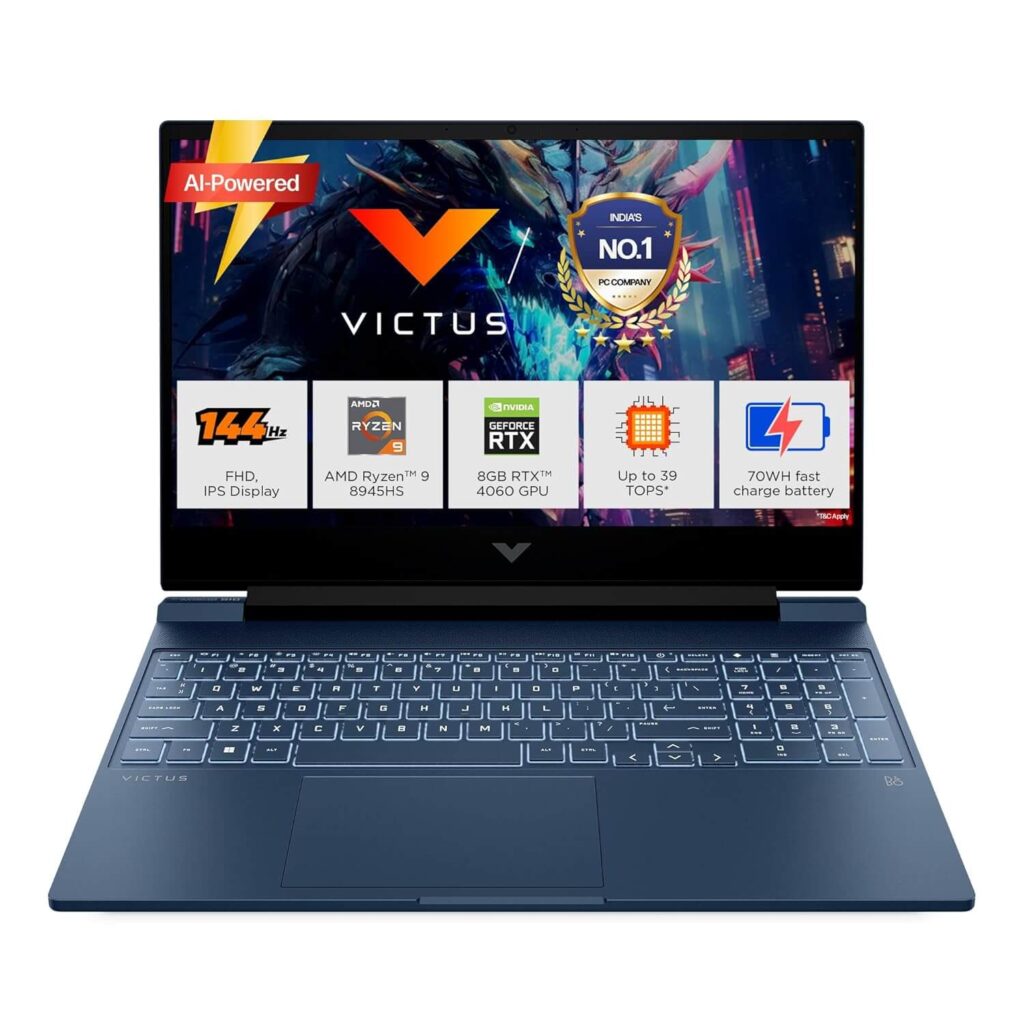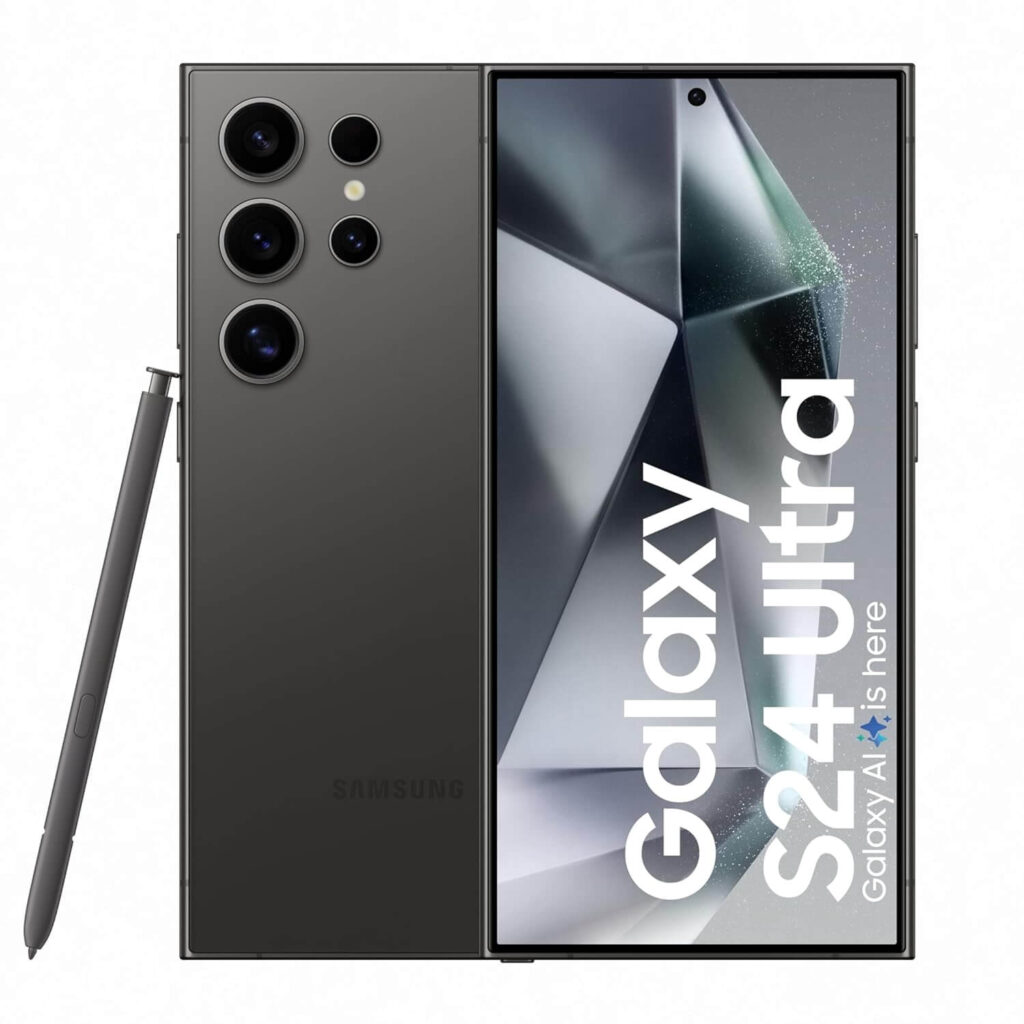India’s telecommunications landscape is poised for a significant overhaul with the approval of the Calling Name Presentation (CNAP) system by the Telecom Regulatory Authority of India (TRAI). Under the new framework, telecom users will no longer just see a number when they receive a call — they will also see the verified name of the caller, as registered with their service provider.
This reform aims to bring transparency, reduce fraud, and modernise voice communication across the country.
Official Confirmation: A Major Step Toward Transparency in Telecom
According to an official press release by the Press Information Bureau (PIB), TRAI has directed all telecom operators to implement the CNAP framework in a phased manner. The directive comes after months of pilot programs and public consultations.
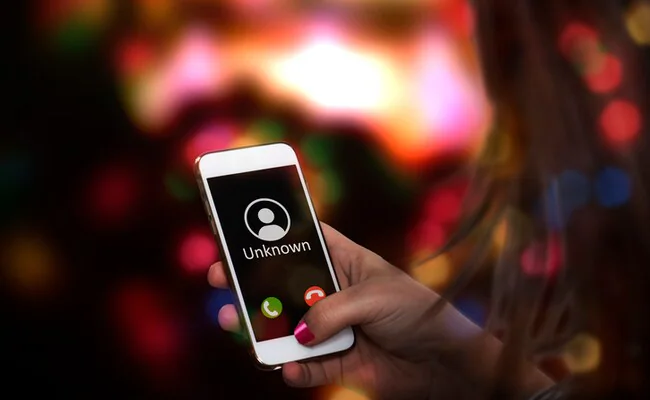
TRAI also shared the announcement publicly on its official X (Twitter) handle, emphasizing the significance of CNAP for improved transparency and user safety in telecom services.
What is CNAP and How Does It Work?
From CLI to CNAP
Currently, Indian telephone networks display only the Calling Line Identification (CLI) — i.e., the caller’s phone number — when a call is received. There is no requirement to show the caller’s name. Under CNAP, each call recipient will instead see the caller’s registered name, drawn from a verified subscriber database maintained by the telecom operator.
How the System Will Be Built
Telecom operators will maintain a Calling Name (CNAM) database, which maps each mobile number to the verified name of its subscriber. On incoming calls, the terminating service provider will query the Local Number Portability Database (LNPD) to identify the origin provider, and then pull the correct name from the CNAM database for display.
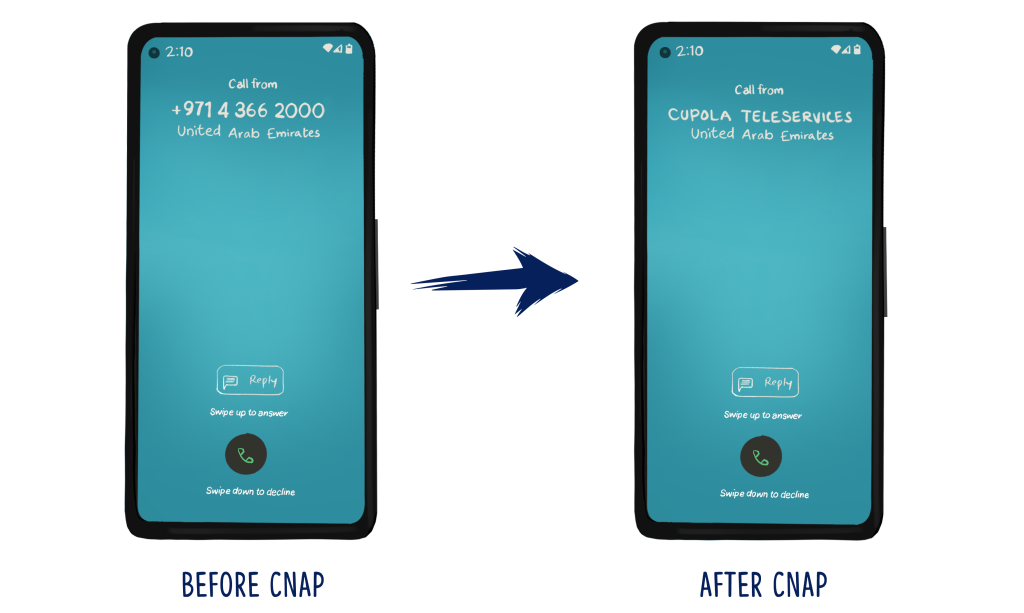
Default Activation With Opt‑Out
TRAI has decided that CNAP will be activated by default for all subscribers. However, users who prefer not to display their name can opt out by contacting their service provider. The system will be implemented initially on 4G and 5G networks; legacy 2G/3G networks will be considered later.
Why Now? The Driving Forces Behind Implementation
Rising Fraud and Spam Calls
India has witnessed an explosion in spam, scam and phishing calls. Many such calls succeed because the caller appears as an unknown or “spoofed” number. CNAP aims to empower recipients by showing the caller’s name — enabling better judgement before answering.
Press Note: https://www.pib.gov.in/PressReleasePage.aspx?PRID=2183354
Telecom Industry Evolution and Digital Trust
As Indian telecom networks deepen their penetration and digital services proliferate, user trust and regulatory frameworks are under pressure. Verified caller‑name display is a step to strengthen consumer confidence, reduce misuse, and align India with global telecom best practices.
Complementing Indian Digital Initiatives
The rollout supports India’s push for safer digital ecosystems — under initiatives such as Digital India and cybersecurity reforms. By addressing the very interface of communication, CNAP fortifies the “trust layer” of telecom‑networks.
Implementation Roadmap & Challenges
Technical and Network Preparation
Telecom operators have already run trials of CNAP on 4G and 5G networks in select regions. The challenges identified include the need for software patches, upgrading older voice networks and ensuring accurate subscriber‑data across circles.
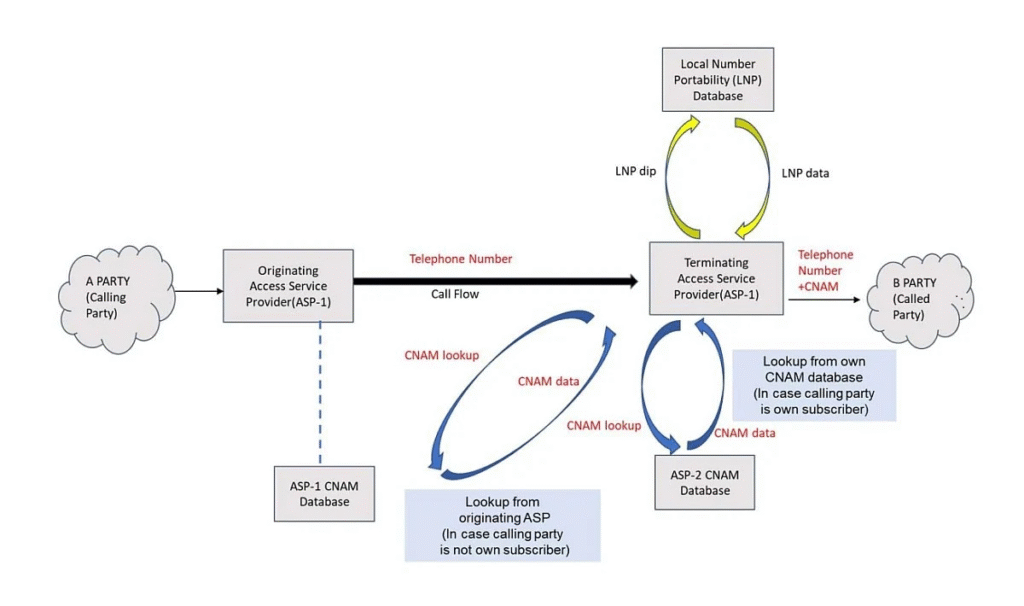
Device Compatibility and New Gadget Standards
TRAI has directed that all new mobile devices sold in India after a cut‑off date must support CNAP. This requires coordination with the Ministry of Electronics & IT (MeitY) and manufacturers.
Privacy Concerns and Opt‑Out Mechanisms
While name‑display increases transparency, it also raises privacy questions. TRAI has ensured an opt‑out feature for users, and people who have a Calling Line Identification Restriction (CLIR) activated may be exempt from name display.
Business Connections & Family Plans
One thorny issue remains: when numbers are registered as part of businesses or family‑shared plans, displaying a single name may not reflect the actual caller. Operators are seeking clearer guidance from DoT for these edge‑cases.
Impacts for Consumers, Industry and Government
Empowered Consumers
Users will now see clearly who is calling even before picking up, reducing the likelihood of answering scam or unwanted calls. Seniors and less‑tech‑savvy users stand to benefit significantly.
Industry & Service Provider Benefits
For telecom operators, CNAP offers a differentiator and reinforces the verified identity model. It also could help reduce call‑centre and customer‑service burdens arising from fraud.
Boost for Digital Governance & National Security
From a regulatory perspective, CNAP reduces anonymity in telecom networks — a boon for law enforcement, cyber‑fraud investigations and supply‑chain integrity in telecom services. It strengthens the national interest in secure communication networks.
Transparency and Trust
According to the teachings of Sant Rampal Ji Maharaj, true knowledge (Satgyan) highlights that transparency, integrity and ethical use of technology are essential for meaningful progress. When a system like CNAP enables factual identity in telecommunication, it does not simply bring technical enhancement — it enshrines trust, responsibility and dignity in everyday connections.
Read in Hindi: अब हर कॉल पर दिखेगा असली नाम: TRAI ने CNAP को दी मंज़ूरी
Communication is not just about linking devices — it’s about linking people. The move to verified caller‑names is thus aligned with a vision of technology as service rather than gadget‑race.
National Interest and Strategic Dimensions
Strengthening Telecom Integrity
By institutionalising verified name‑display, India is tackling one of the weak links in telecom — caller‑anonymity. This aligns with the broader national emphasis on cyber‑unified defence, consumer protection, and digital sovereignty.
Building Digital Trust Economy
As India moves towards becoming a major digital economy, user trust becomes a critical pillar. CNAP is one of the foundational infrastructure enablers for a secure, trusted ecosystem, supporting sectors from fintech to e‑commerce to remote work.
Timeframe and What to Expect Next
The formal notification from the Department of Telecommunications (DoT) and TRAI paves the way for telcos to begin backend rollout. While no fixed national date has been announced, industry estimates suggest initial rollout in six months, focusing on 4G/5G networks, with full national coverage within a year. Users are advised to check with their service provider for opt‑out procedures and device compatibility.
Concluding Thoughts — Towards Transparent Calls
With CNAP, India has taken a tangible step to modernise call‑identity standards and strengthen digital communication hygiene. By enabling verified caller‑names, the reform restores control to users, elevates trust in telecom services and aligns innovation with ethics.
In doing so, it reinforces the idea that true progress is not just technological speed, but technological integrity — a principle that sits at the heart of both regulation and Satgyan‑inspired philosophy.
FAQs: Calling Name Presentation (CNAP) Explained
Q1. What is CNAP?
Calling Name Presentation (CNAP) is a telecommunication service whereby the caller’s verified name appears on the recipient’s screen, rather than just the number.
Q2. Will I be forced to show my name when calling?
By default yes, your registered name will display, but you may opt out by contacting your telecom service provider.
Q3. Which networks will support this feature initially?
The rollout will begin on 4G and 5G networks. Legacy 2G/3G support will follow later.
Q4. What happens if I have a business number or family‑shared plan?
Operators are working with DoT guidelines to appropriately handle business or shared numbers where more than one user may call.
Q5. How does this help reduce spam and fraud calls?
With a verified name shown, recipients can better judge incoming calls, reducing the chance of answering spoofed or fraudulent calls. This also makes telcos accountable for subscriber identity.

